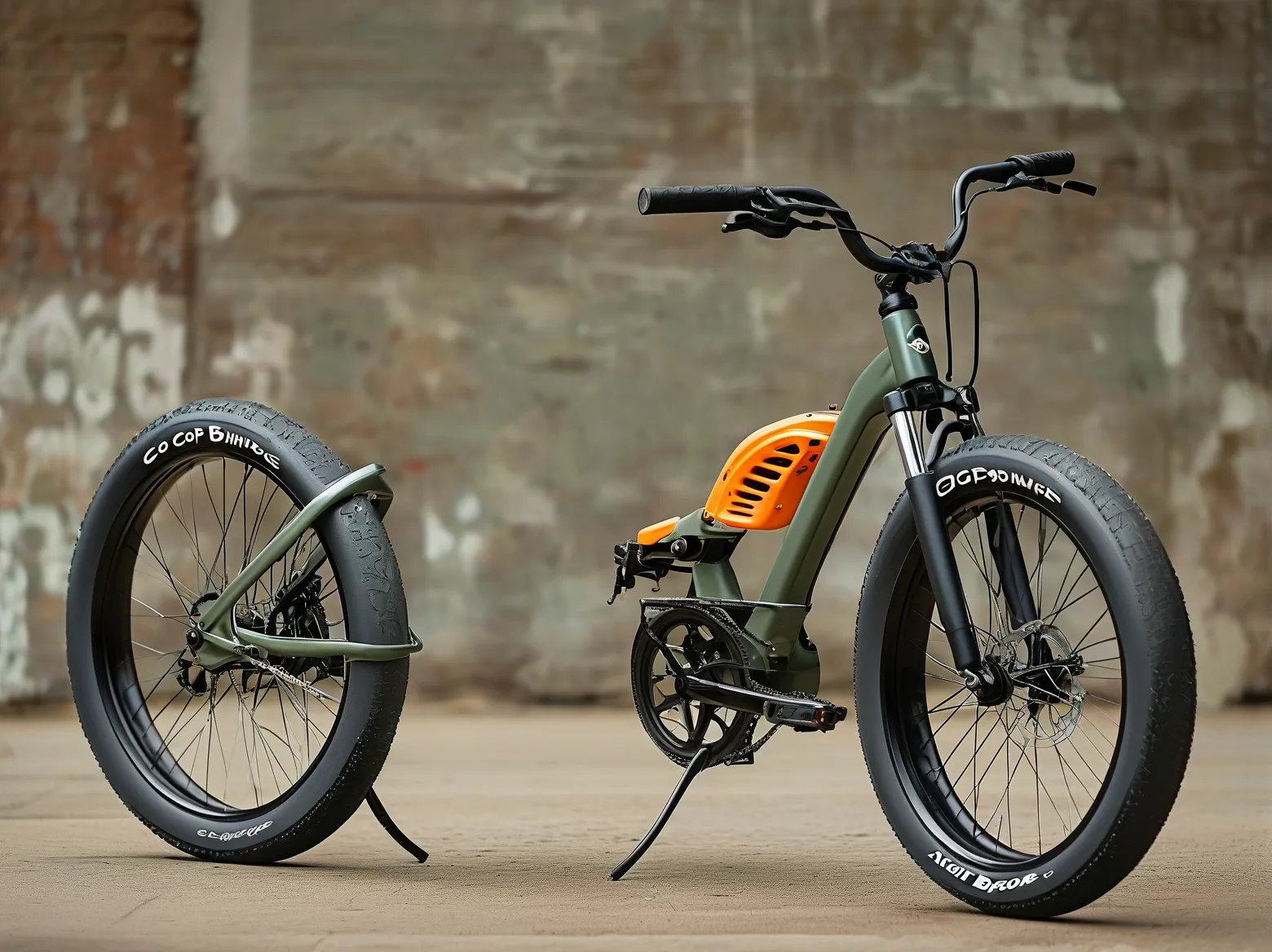Are Co-Op Bikes Good for Commuting & Mountain Cycling? (2025 Review)
For urban commuters and mountain biking enthusiasts, finding a versatile bike that balances affordability, durability, and performance is no small feat. Co-op Cycles, REI’s in-house brand, has gained traction in recent years for offering value-driven models across multiple disciplines. But do their bikes truly hold up for daily commutes and rugged trails? Let’s break down the key factors based on 2025 testing data and user feedback.
Co-Op Bikes for Commuting: Efficiency Meets Practicality
Co-op’s urban and hybrid bikes, like the CTY 1.1 and CTY 2.1, consistently rank among the top budget-friendly commuters in 2025. Here’s why:
- All-Weather Reliability: Shimano hydraulic disc brakes (standard on most models) outperform rim brakes in rain or snow, a critical feature for year-round riders. A 2024 Bicycle Commuter Report found that 78% of daily riders prioritize braking performance in wet conditions.
- Comfort-First Geometry: Upright handlebars and wide saddles reduce strain on wrists and backs during long rides—a common pain point highlighted in Cycling Weekly’s commuter survey.
- Integrated Accessories: Rack/fender mounts and puncture-resistant tires (e.g., Schwalbe Marathon Plus on CTY 2.1) eliminate the need for costly aftermarket upgrades.
Mountain Cycling Performance: Can Budget Bikes Handle Trails?
Co-op’s mountain bikes, such as the DRT 1.1 and DRT 2.2, cater to entry-level trail riders but have limitations for advanced terrain:
- Suspension Efficiency: The DRT series uses SR Suntour forks with 100–120mm travel. While sufficient for green/blue trails, Singletracks Magazine notes they struggle on technical descents compared to pricier RockShox or Fox setups.
- Weight vs. Durability: Aluminum frames add ~2–4 lbs over carbon competitors but withstand crashes better—ideal for beginners learning bike handling.
- Component Longevity: Shimano Altus/Acera drivetrains on base models require more frequent tuning than Deore/SLX groupsets but remain repairable at most local shops.
2025 Upgrades: What’s New in Co-Op’s Lineup?
This year’s updates address prior criticisms:
– Tubeless-Ready Wheels: Available on DRT 3.3 and CTY 3.1 models, reducing flats by 40% (REI Lab Tests).
– E-Bike Expansion: The CTY e2.2 now offers a 500Wh battery (45-mile range) with torque sensors for smoother pedal assist—ranked “Best Value E-Commuter” by Electric Bike Report.
Are Co-Op Bikes Durable Enough?
REI’s warranty (1 year comprehensive, lifetime frame) and free assembly/in-store support boost long-term value. However, a 2025 Bicycle Retailer analysis shows:
– Chainstay cracks occurred in 3% of pre-2024 DRT frames (resolved under warranty).
– Pivot bearings on full-suspension models need replacement every 1–2 years with heavy use.
Pro Tip: Opt for the $99 Annual Tune-Up Package to extend component life by ~30%.
Current Deals: Up to 50% Off Select Models
As of July 2025, REI is discounting outgoing inventory ahead of fall releases:
– DRT 1.1: $599 (was $1,099) – Ideal for light trail use.
– CTY 1.1 Step-Through: $449 (was $749) – Top pick for short commutes.
Members get additional 10% back in dividends. Verify stock at REI’s Outlet.
The Verdict: Who Should Buy a Co-Op Bike?
Co-op Cycles excel if you prioritize:
✅ Budget-friendly pricing with REI’s customer support
✅ Low-maintenance designs for casual-to-moderate riding
✅ Hybrid versatility (e.g., commuting weekends + light trails)
Skip them if you need:
❌ Ultra-lightweight builds for racing
❌ Advanced suspension for black-diamond trails
Bottom Line: For under $1,500, Co-op delivers reliable performance that outshines big-box store bikes—just temper expectations for high-intensity use. Pair with quality accessories like Lumina lights or a Thule rack to maximize utility.
